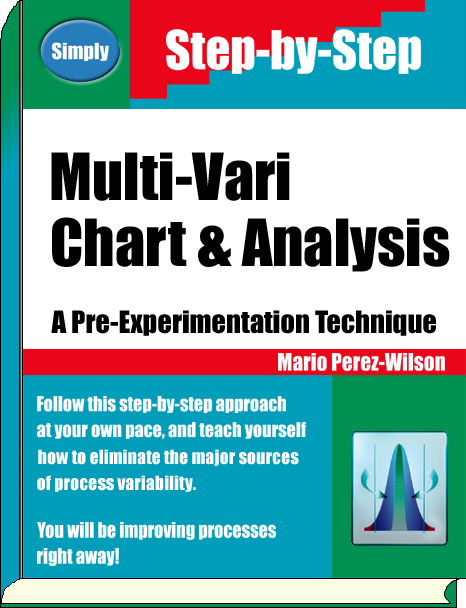Multi-Vari Chart and Analysis is the first book that describes how to compute a standard deviation (or variance) for each source of variability in your process. This is accomplished by statistically analyzing Multi-Vari chart data, using analysis of variance and variance decomposition.
Multi-Vari charting is presented as a pre-experimentation technique designed to isolate and quantify the major components of variability in production processes, including vendors' and suppliers' processes.
|
- Follow a step-by-step approach to construct Multi-Vari charts, to implement them and to analyze their data statistically.
- Learn how to uncover the major sources of variability of your suppliers' and vendors' data using Multi-Vari Statistical Analysis.
- Discover the components of variation in your process and quantify the different sources:
- Within shift
- Between shift
- Shift-to-shift
- Lot-to-lot
- Within lot
- Machine-to-machine
- Within operator
- Operator-to-operator
- Between operators
- etc...
|














